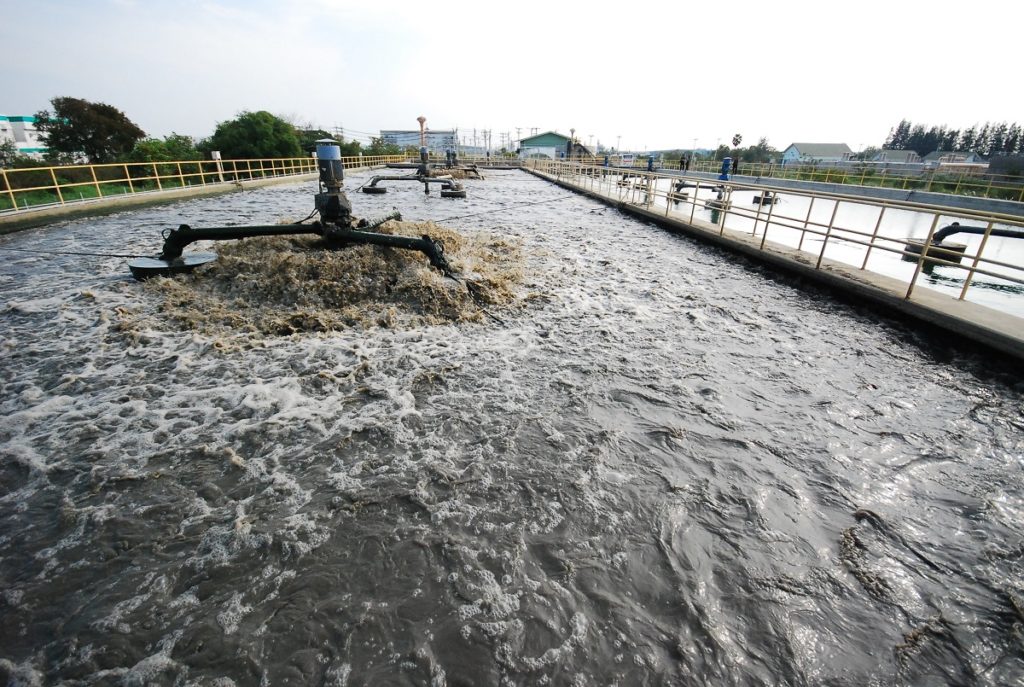When it comes to moving a slick substance from one place to another, a good 110v oil transfer pump should do well. With that power, it should do its task in a short time. Fluids can be tricky to handle. They take up the shape of whatever container they are in. It’s sure to make a mess when it gets out.
But there can be huge amounts of water, oil, or any fluid substance that needs to be moved. Drums and barrels aren’t something that any human can lift easily if their contents need to be poured somewhere else. But you have the power of science to do it. Here are methods that are simple in principle but very useful in practice. These may be something that you encounter in everyday life, but just don’t notice that much.
Siphoning
You may have seen people sticking a hose in their car’s gas tank, then sucking on one end to take out the gasoline. This is usually done when there is a significant amount left in the tank and the car is no longer functional. Or they are doing it to give another car’s empty tank a little bit of fuel. What is being done here is the siphoning of the tank.
Siphoning is the transferring of liquid from a higher plane to a lower plane by using air pressure. When you stick the hose in, its hollow space is filled with air molecules that push the liquid away. When you suck on the hose, you are taking the air away, enabling the fluid to flow. This will continue until it has reached an equal level with the container in the lower plane.
You don’t have to use your mouth to create a siphon. There are attachments or special hoses that you can use to take away the air from it. One is a pipette that every time you squeeze will suck out the air. Another has a small ball inside that you shake when you dip in the water. The ball serves as a one-way entry for the fluid. Once it is in, it can’t get out.
Shake it enough, and it will start to fill a part of the hose with liquid, which will trigger the rest of it to flow. Using your mouth is not only dangerous for ingesting potentially poisonous substances, but there may be fumes that you can also inhale. This can damage your lungs.
Bell Siphon

There is another type of siphon that does not require to be initiated by an external force. This is called the bell siphon, and this is how it works. It has a tube at the center to which the water will exit. This is surrounded by walls on either side and a ceiling on top. The distance of the opening and the ceiling is a small amount—about one-tenth of the height of the tank. The walls have small openings at the bottom at about the same size.
When you fill the tank with water, it will fill the outer walls up first. Then it will fill the inner walls. When the water level reaches the ceiling, all of the contents of the inner wall will flow out of the opening. This is because the pressure of the liquid from the outer wall has pushed the inner wall’s contents. The water level of the tank will never overflow.
Who knew that science could help you with something that can be unbearably heavy? Try to experiment with siphoning sometimes. You will have fun with it.

